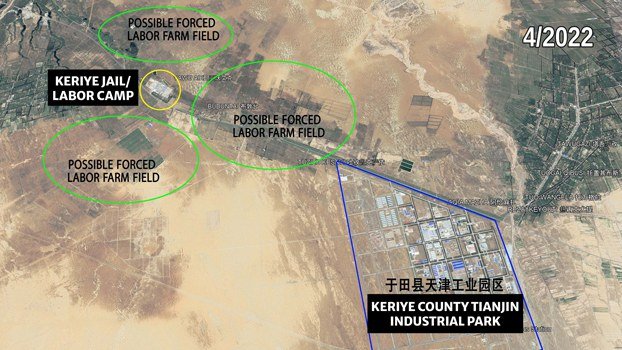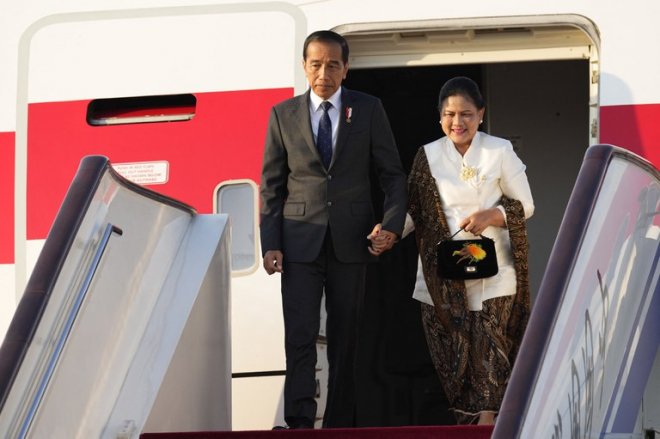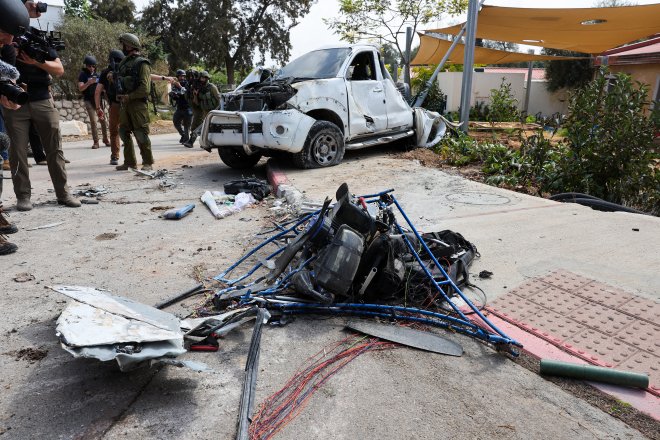Laos to proceed with seventh Mekong dam despite impact concerns
Pressing ahead with its vision to become the “Battery of Southeast Asia,” the government of Laos is going forward with plans to build its seventh of nine mainstream dams on the Mekong River, despite widespread concerns that it could inflict social and environmental damage.The 728-megawatt Phou Ngoy Dam, with a projected completion date of 2029, would join the currently operational Xayaburi and Don Sahong Dams as well as the Pak Beng, Pak Lay, Luang Prabang and Sanakham Dams, in various stages of planning. Two others, Pak Chom and Ban Koum, will follow.
The US$2.4 billion dam is a joint investment between the Charoen Energy and Water Asia Company of Thailand and the Lao government, and will be constructed through a partnership between South Korea’s Doosan Heavy Industries & Construction and Korea Western Power.
Electricity generated by the dam will mostly be sold to Thailand, although it will also be used to power parts of southern Laos.
Laos has built dozens of hydropower dams on the Mekong and its tributaries under its “Battery of Southeast Asia” vision, with ultimate plans for scores more hoping to export the electricity they generate to other countries in the region.
Though the Lao government sees power generation as a way to boost the country’s economy, the projects are controversial because of their environmental impact, displacement of villagers without adequate compensation, and questionable financial and power demand arrangements.
‘Villagers don’t need the dam’
Plans for the project are currently in the last stage of discussions between investors and related sectors, after which they will be submitted to the Mekong River Commission to undergo a six-month Prior Consultation and Agreement, or PNPCA, process.
The Mekong River Commission is an inter-government agency that works with regional governments to manage the Mekong’s resources.
While the government is prepared to press ahead with the project, the more than 7,000 residents of 86 villages in Laos’ Champasak province and inhabitants of six villages in neighboring Thailand’s Ubon Ratchathani province who will be forced to relocate for its construction aren’t so sure.
Speaking on condition of anonymity, citing fear of reprisal, they told RFA Lao that the current proposal for the dam will impact their livelihoods and destroy the Mekong ecosystem that their families have relied on for generations.
“A dam affects everything, like fishing,” said a Ubon Ratchathani resident. “When the dam releases water, the level of water is high. It’s unusual. It’s not a phenomenon. The truth is, villagers don’t need the dam, period.”
The resident said the dam will lead to flooding and landslides along the Mekong, interrupt transportation routes, and cause drought when water is stored.
A second resident of Ubon Ratchathani expressed frustration that villagers who will be affected by the dam have been left out of the decision-making process.
“Before construction, the dam developers and the government should consult with villagers – they can’t just go ahead and build it,” they said. “Villagers need to know how much the dam will affect them because their livelihoods depend on the Mekong River.”
 An artist"s rendering of the Phuo Ngoy Dam in Laos. Credit: Charoen Energy and Water Asia Company Limited
An artist"s rendering of the Phuo Ngoy Dam in Laos. Credit: Charoen Energy and Water Asia Company Limited‘Nothing we can do to resist’
A villager in Laos’ Champasak province said residents don’t want to move, but if they must, they should be involved in discussions about compensation.
“No official came to talk with us about whether we will be evacuated or not,” he said. “We have lived in this village for many years. We have a stable life, but if we have to move we don’t know where we will go.”
A resident of Champasak’s Pakse district bemoaned the lack of recourse for Lao villagers impacted by the government’s dam-building spree.
“Villagers can’t do anything to stop dam building in Laos,” he said. “If the government wants to build one, there is nothing we can do to resist.”
Activists say that more than 1 million people will be directly or indirectly affected by the Phu Ngoy dam due to its impact on the environment, navigation, fishing, and water flow.
In March, Thai and Chinese investors signed a power purchase agreement that paves the way for the construction of the Pak Lay Dam, the third dam to be built on the Mekong in Laos.
The project in the Pak Lay district of northern Laos’ Xayaburi province – delayed for several years – could see work on basic infrastructure like a bridge and road access start immediately, according to an official from the Ministry of Energy and Mines.
Construction on the main structure is scheduled to begin early next year and the dam is expected to be open for business by 2032.
Translated by Sidney Khotpanya. Edited by Joshua Lipes and Malcolm Foster.
[圖擷取自網路,如有疑問請私訊]
|
本篇 |
不想錯過? 請追蹤FB專頁! |
| 喜歡這篇嗎?快分享吧! |
相關文章
AsianNewsCast























